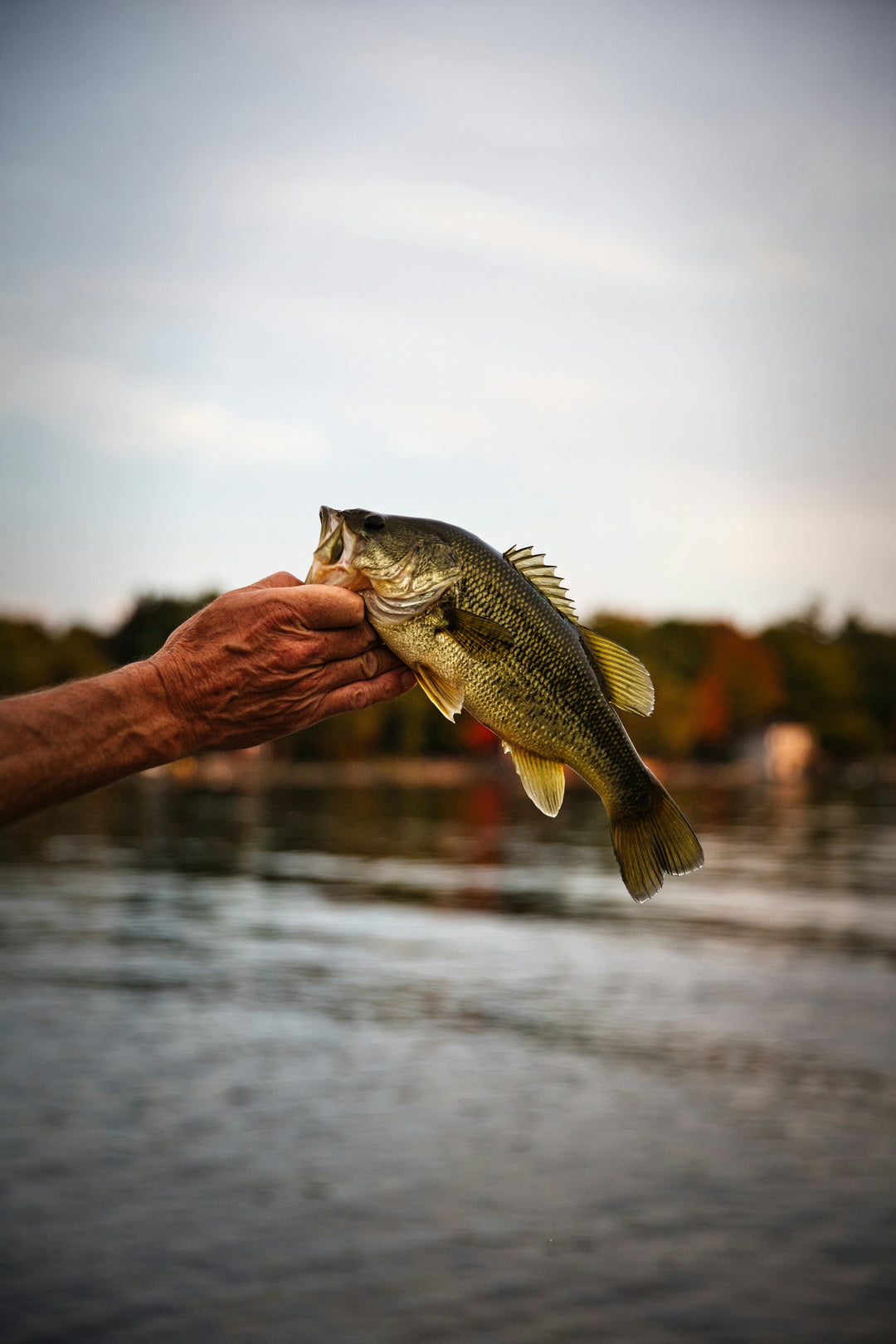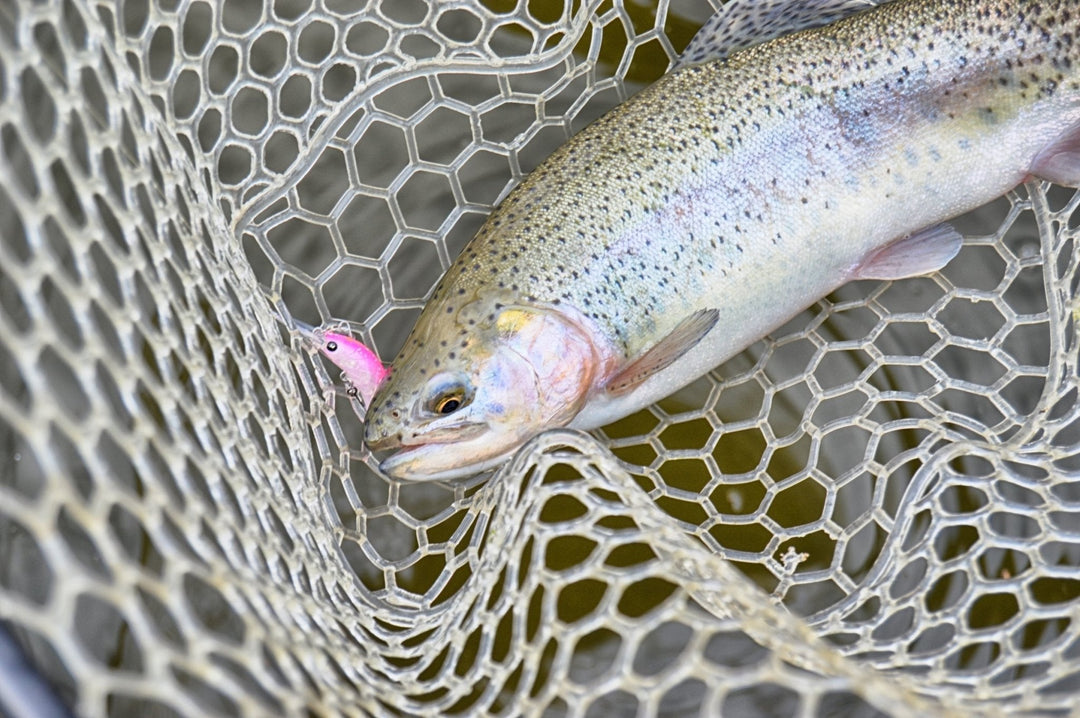Choosing the Best Fishing Line for Freshwater Fishing
When it comes to freshwater fishing, choosing the right fishing line is crucial for success. With various options available, each designed for specific conditions and species, understanding the basics will help you make the best choice for your next adventure.
Types of Fishing Lines for Freshwater Fishing
1. Monofilament

Monofilament is the most common choice for freshwater anglers. It’s affordable, versatile, and easy to handle, making it ideal for beginners. With some stretch, it absorbs shocks when a fish strikes and works well for a variety of fishing techniques.
• Best For: General fishing, spinning reels, and topwater lures.
• Advantages: Budget-friendly, easy to knot, and widely available.
• Limitations: Less sensitive, can weaken with UV exposure over time.
2. Fluorocarbon

Fluorocarbon is nearly invisible underwater, which makes it perfect for targeting cautious fish in clear freshwater lakes and streams. Its abrasion resistance and sensitivity make it ideal for finesse techniques like drop-shotting or jigging.
• Best For: Clear water and finicky species like trout or bass.
• Advantages: Stealthy, resistant to nicks and scratches, and high sensitivity.
• Limitations: More expensive and slightly stiffer than monofilament.
3. Braided Line

Braided fishing lines are known for their strength and sensitivity. With little to no stretch, they allow you to feel even the faintest nibbles, which is critical when fishing around cover. However, braided lines are more visible underwater, so pairing them with a fluorocarbon leader is often recommended.
• Best For: Heavy vegetation, fishing near structures, and targeting big species.
• Advantages: Durable, great casting distance, and high sensitivity.
• Limitations: Visibility underwater and may cut into softer rod guides.
How to Select the Right Line for Freshwater Fishing
1. Target Species
• For smaller species like trout or crappie, go for 4–8 lb test monofilament or fluorocarbon.
• For larger fish like bass or walleye, use 10–20 lb test fluorocarbon or braided line.
2. Water Conditions
• Clear Water: Fluorocarbon’s low visibility is ideal.
• Stained or Murky Water: Monofilament or braided lines in darker hues perform better.
3. Fishing Technique
• Topwater Lures: Use monofilament, as it floats and enhances lure action.
• Bottom Fishing: Fluorocarbon sinks and is abrasion-resistant, making it great for deeper waters.
4. Line Strength and Diameter
• Always match the line’s pound test to the size of your target species. Thinner lines work well for finesse, while thicker lines are needed for strength when battling larger fish.
Pro Tips for Freshwater Fishing Lines
• Regularly inspect your line for nicks or wear, especially when fishing near rocks or structures.
• Replace your line every season to maintain strength and performance.
• Learn the best knots for your chosen line to avoid slippage and maximize strength.
Final Thoughts
Whether you’re fishing a calm lake or a flowing river, selecting the right freshwater fishing line is essential. Monofilament is great for all-around use, fluorocarbon excels in clear waters, and braided lines dominate in heavy cover. By understanding your target species, water conditions, and fishing techniques, you can optimize your gear for any freshwater adventure.
Gear up and get ready to reel in your next big catch with the right fishing line! Explore our collection of premium lines designed for freshwater anglers like you.






Leave a comment